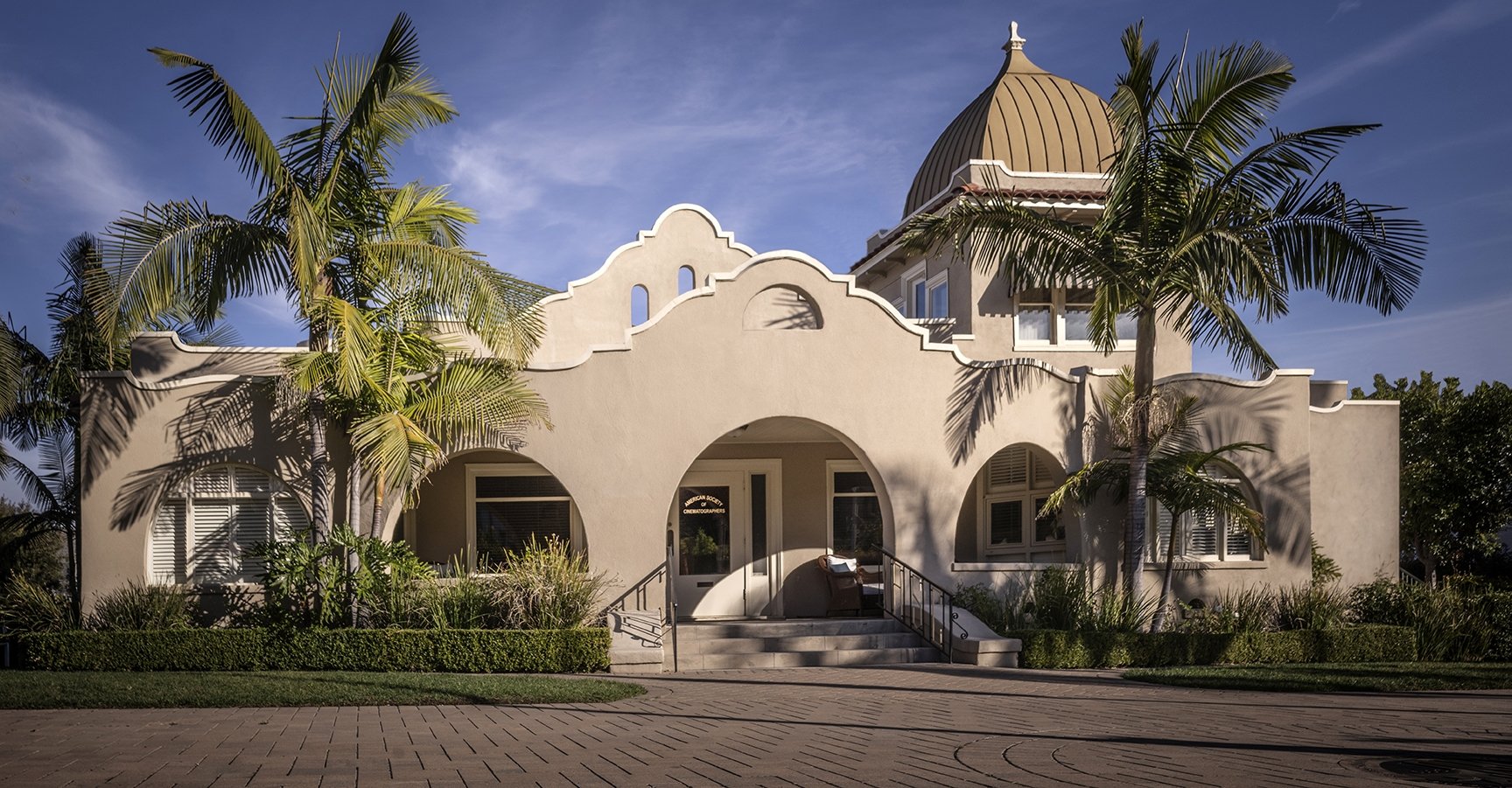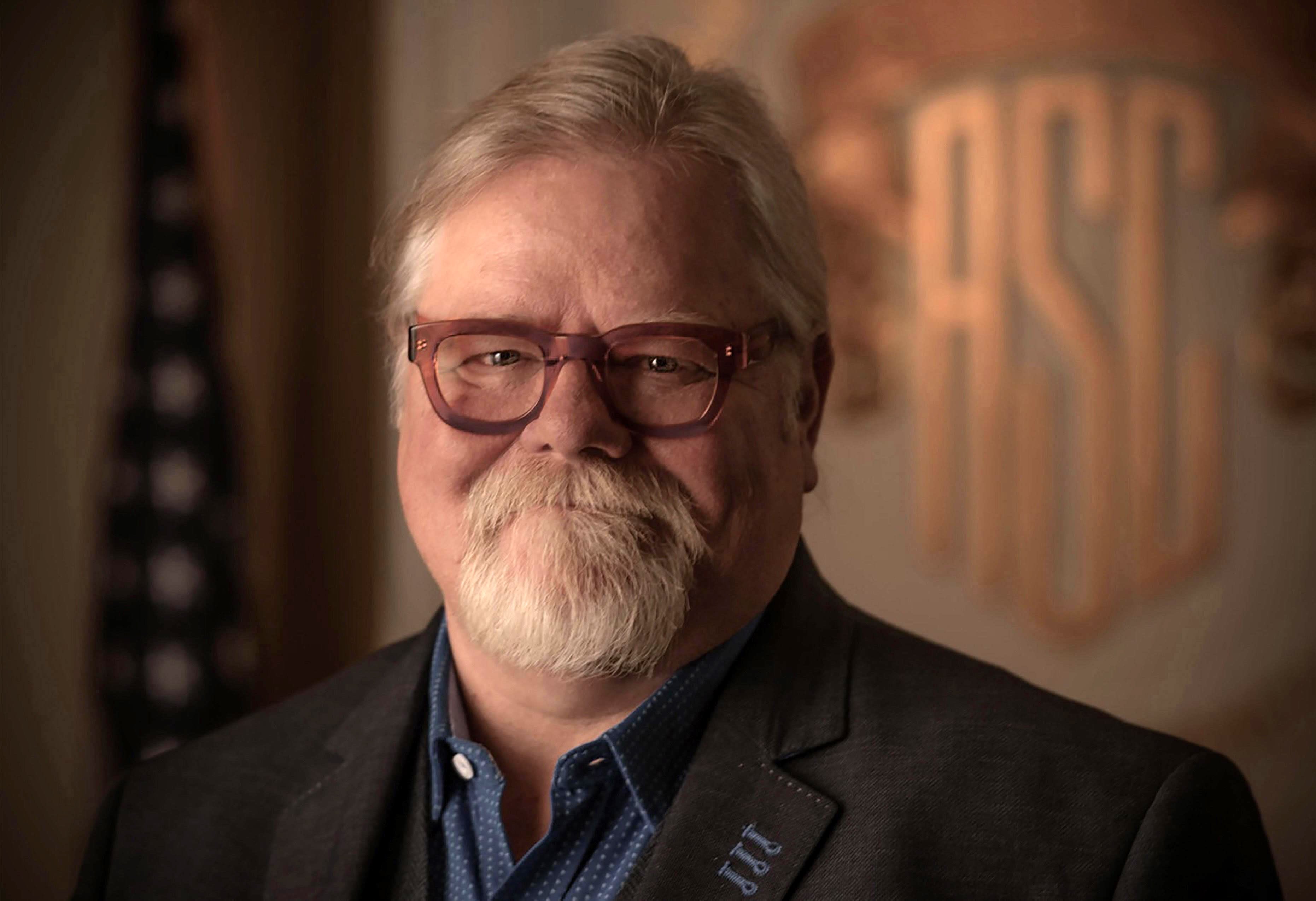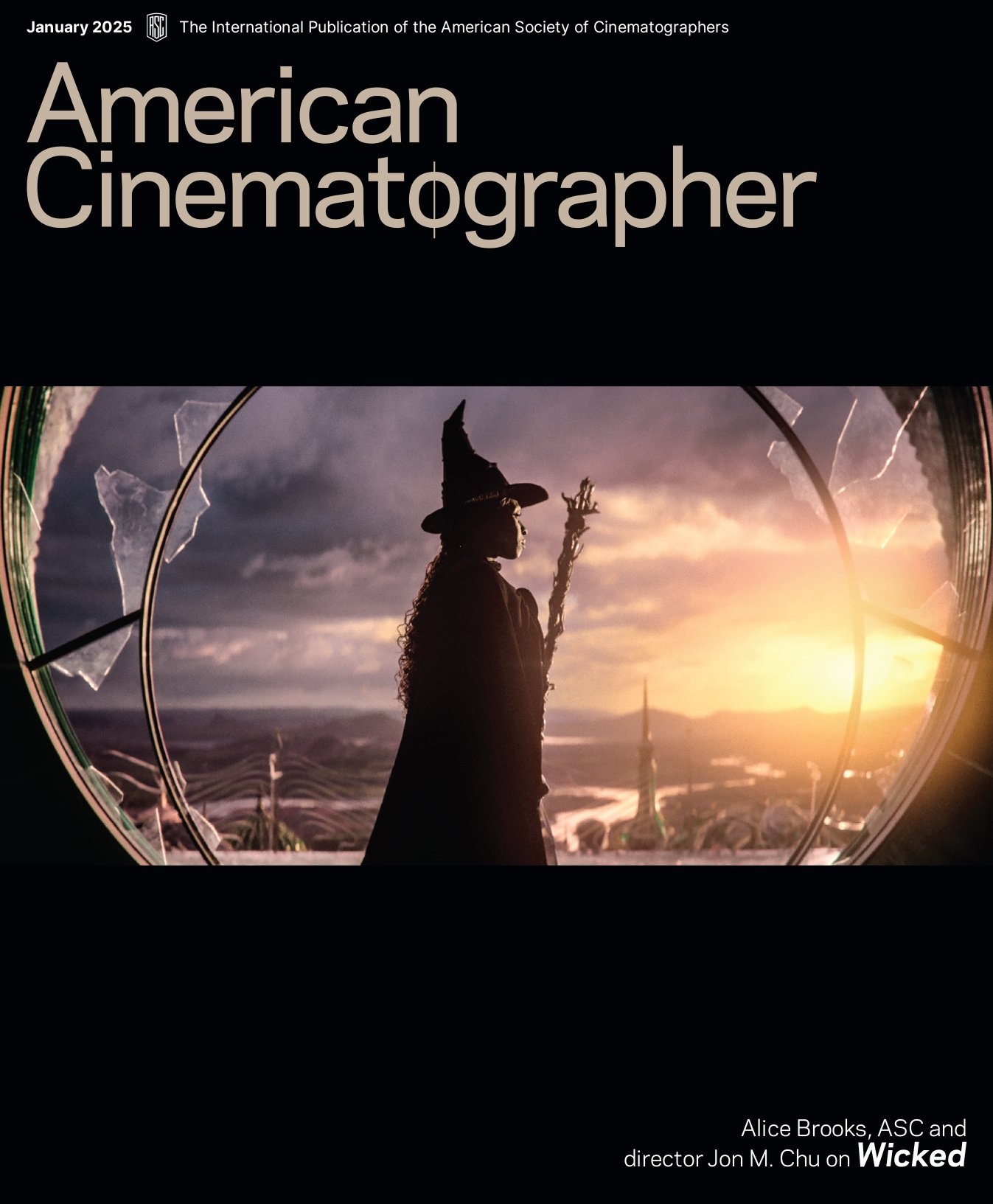
President’s Desk — January 2025
“The filmmaking process really hits its stride when cinematographers and directors join forces to forge a career together.”
In pondering the great cinematographer-director collaborations, most movie buffs might first think of Gregg Toland, ASC and Orson Welles on Citizen Kane. One of the most expressive pairings in motion-picture history, the duo made just that one film together. This surprises nearly everyone, because the business is structured to allow such successful collaborations to continue.
The filmmaking process really hits its stride when great cinematographers and directors join forces to forge a career together. From a DP’s point of view, we have the skill and versatility to do anything — I’ve always said that to my directors. We should be able to move easily from a drama to an action, comedy, horror or superhero project and back again, without being categorized as specialists in one genre.

The cinematographer-director collaboration also brings energy. An audience feels that dynamic spark when they experience the work of Kaminski and Spielberg, Prieto and Scorsese, Fraser and Villeneuve, Lubezki and Cuarón, Deakins and the Coens, Steelberg and Reitman, Walker and Luhrmann, Roizman and Friedkin, Burks and Hitchcock, Storaro and Bertolucci, Willis and Pakula, Willis and Allen, Willis and Coppola (you get my drift), and many more.
The collaboration between truly inspiring filmmakers brings a certain presence and spirit to the imagery they make together. Such teamings can help develop artistic voices and shape professional trajectories. In my experience, these relationships often lend structure and purpose to what might otherwise become an uneven career arc. It’s funny, because even though I may shoot six films for a director, I may or may not really get to know them that well — but I will charge over any hill to get a shot because of the value I place on working together. We may meet a point of collaboration faster and more efficiently because of an earned place of trust.
I’ve seen this level of trust extend to the crew as well. Directors will start to recognize that they can do anything because I bring with me the same gaffer, grips and camera team. This united front — a tight-knit group of people using creative ideas to solve technical problems that serve a thematic need — is the essence of what a film family can be. It’s a true “source to be reckoned with.”
I’m reminded of a famous story from the making of Chinatown. Roman Polanski and the great Bill Fraker, ASC had just come off the triumph of Rosemary’s Baby and were set to collaborate on Polanski’s next film. Chinatown was produced by Robert Evans — who recognized the power of the Fraker-Polanski synergy, but somehow felt threatened by it. He declared that Fraker would not shoot Chinatown and instructed Polanski to find another cinematographer. Now, while all of us revere the Academy Award-nominated work that John A. Alonzo, ASC contributed to the picture — which changed the way many would view filmmaking from that point forward — we never got to see the version Polanski and Fraker had been planning.
I hope, on some level, they interpreted Evans’ paranoia about their collaborative bond and creative dynamism as a compliment of sorts — as nearly everyone else in the industry did.
Best regards,
Shelly Johnson
ASC President







